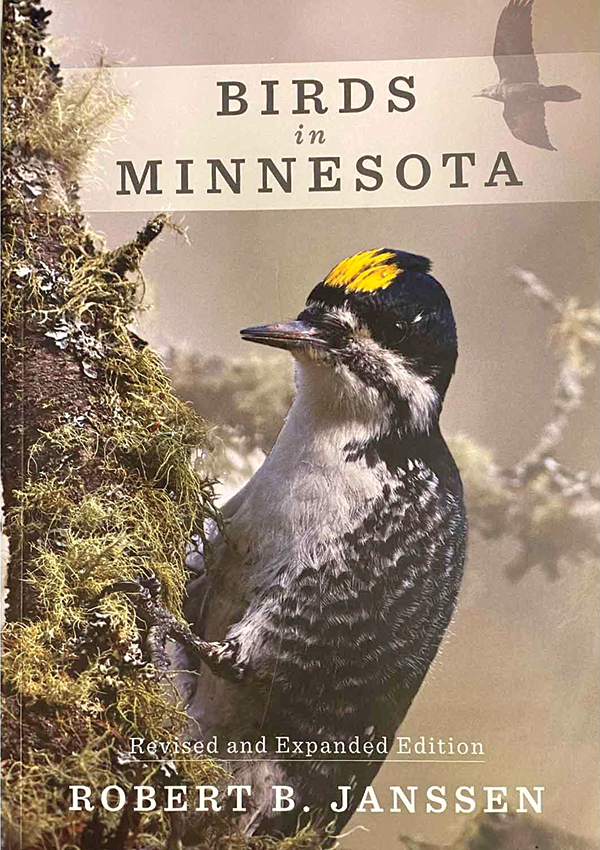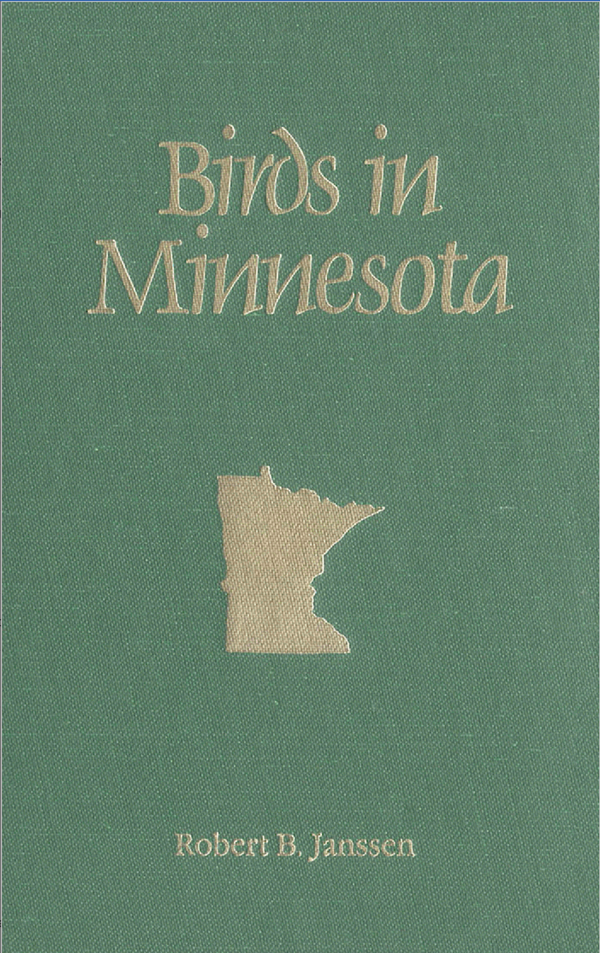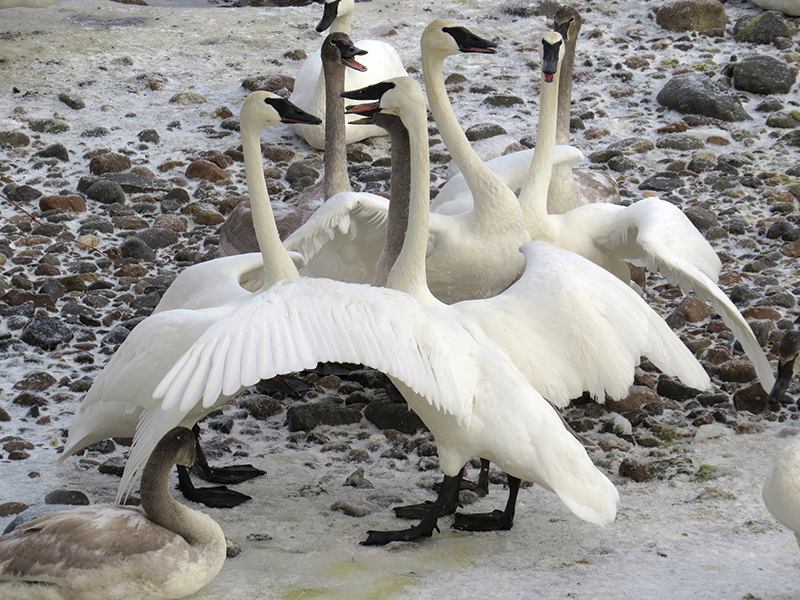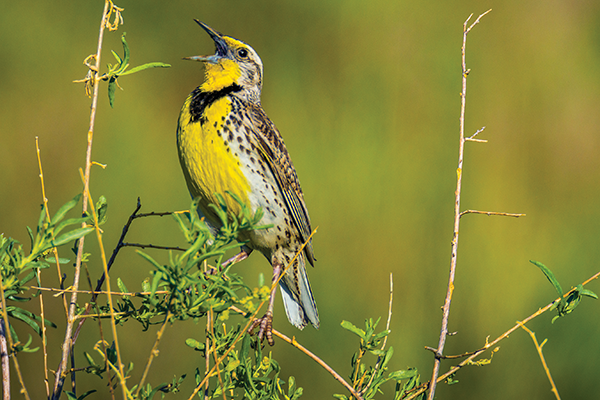Note: Today (November 3, 2023) The StarTribune reported the passing of birding pioneer Robert Janssen. We at All Seasons Wild Bird Store were lucky to have collaborated with Janssen on multiple occasions and to have benefited from the wisdom of this passionate bird expert. We’re reprinting this article from our July/August 2020 Bird’s-Eye View newsletter, in which we interviewed him about his new book, Birds In Minnesota, in his honor.
Published in January of 2020, local birding expert and author Robert Janssen’s latest edition of Birds in Minnesota carries on a legacy that began in 1932.
The Third Tool in Your Birding Toolkit
While Birds in Minnesota: Revised and Expanded is absolutely essential to understanding Minnesota’s birds, it’s not the text you’ll keep in your pocket while you’re out birding, explains author Robert Janssen. Instead, along with a field guide and a good pair of binoculars, this book is the third essential tool for birding, providing information about which of Minnesota’s 443 species you should expect to see and when in the area where you’re birding.
Continually Updated—Because Birds are Mobile
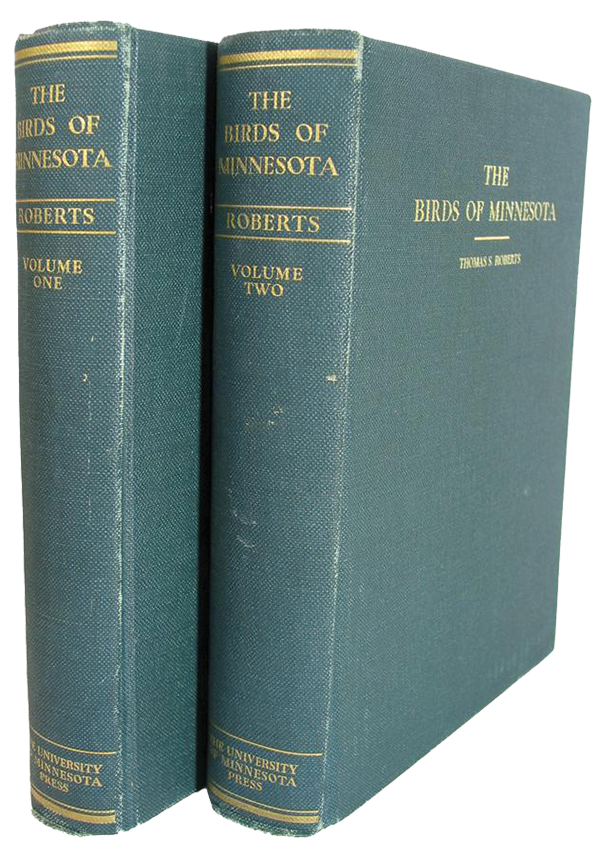
The original Birds of Minnesota was written in 1932—the year Janssen was born—by ornithologist Thomas Sadler Roberts. Janssen picked up the last copy of the two-volume book at his local bookstore at age 13. By the time he’d read it through completely, it became clear to Janssen that the book would need to be continuously updated because birds are mobile—their ranges change from year-to-year and decade-to-decade. He committed to continue Roberts’ legacy by keeping the content up to date.
So from an early age, Janssen began tracking his bird observations as Roberts had done. In the early 1970s, Janssen and Duluth-area birder Janet Green worked with the Bell Museum of Natural History to update the original Roberts book. Their efforts were published by the University Press in 1975 as Minnesota Birds: Where, When, and How Many. Janssen revised and republished the book as Birds of Minnesota in 1987.
As years passed, computers made recording and compiling of data much easier. In addition, a vast number of citizen scientists (birding is the 2nd most popular hobby in the United States) contributed population, distribution and species data that begged to be analyzed and published. Janssen once again set out to update Birds of Minnesota, leading to the 2020 edition.
Says Janssen, “It’s my hope that birders will keep [Birds in Minnesota] updated”, as he did for Roberts’ original publication. “Minnesota has the best record of bird life in the United States,” he explains. And he’d like to see that legacy continue.
Notable Observations in the 2020 Edition
Janssen relays both hopeful and worrisome observations about Minnesota’s bird species that came out of the research for the 2020 edition of Birds in Minnesota.
• The number of species in Minnesota increased, with many species of birds making significant comebacks.
One of those species is the Trumpeter Swan. Janssen credits Carrol Henderson’s work with the Department of Natural Resources for the successful return of the Trumpeter Swan to Minnesota. “You can now find Trumpeter Swans nesting in almost every county in Minnesota,” Janssen reports.
Other birds that have made impressive comebacks include: Bald Eagles, Turkey Vultures and Osprey. These are birds, Janssen points out, that are able to live compatibly with humans.
• The overall population of birds in Minnesota is declining.
Janssen related a personal story about this decline in populations. “When I was young, I would see thousands of ducks migrating and would see hundreds and hundreds of warblers. Now I might see 10 at once, or 3 or 4 here and there. I’m just not seeing the numbers anymore.”
The declining population data in Minnesota are consistent with a recent finding by Cornell University that shows since 1970, the bird population in North America has decreased by 2.9 billion birds.
Grassland birds and some waterfowl are examples of birds that are particularly affected. The range of the birds like the Western Meadowlark has retreated as grassland habitats are destroyed. Janssen points out that there are areas where he’s observed meadowlarks since the 1960s that he returns to today and has yet to spot a single one.
Burrowing Owls are another example. Back in the 1930s, Burrowing Owls nested extensively in western tier counties in Minnesota. Their range has retreated out of Minnesota today—they are very difficult to find in our state now.
The Gift of Being Aware
A young “Bobby Janssen” deftly identified a tray full of fall warbler specimens at the museum office of his predecessor, Thomas Sadler Roberts. Years later, Robert Janssen has authored a number of books about Minnesota’s birds. All the while, Janssen has retained his ability to be aware of the things around him and appreciate their beauty and complexity. Things like birds, which provide an endless source of fascination and make him more aware of the world. He’s thankful and greatly appreciative of this ability to be aware. In fact, it’s the theme of his upcoming memoir—Awareness. Stay tuned.
